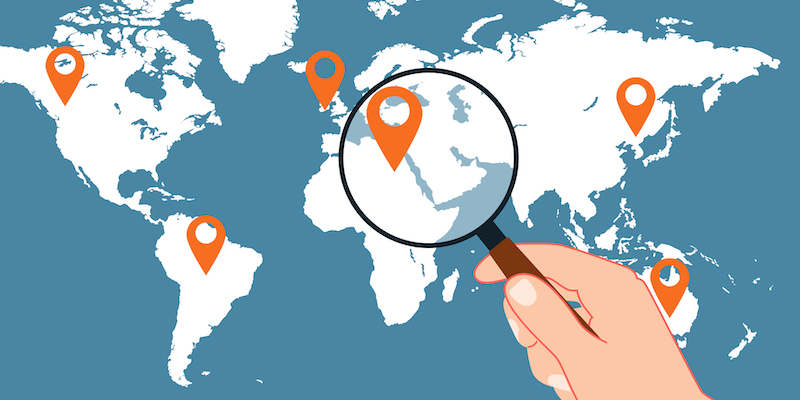Just three short years ago, copyright litigation discussions centered around whether it is fair use to copy declaring code or make unlicensed use of Lynn Goldsmith’s photographs of Prince. How AI technologies intersect with copyright was but a twinkle in most judicial systems’ eyes. But in the brief time that followed, generative AI systems exploded into the public consciousness, and their interaction with copyrighted works likewise dominated copyright litigation.
The reason for this is simple: there has been a proliferation of copyright-related lawsuits involving AI, and the stakes for rightsholders and AI system providers are huge. As of now, there are dozens of lawsuits involving generative AI swirling around the U.S. court system, with several others making their way through courts in Europe and Asia. Most of these involve the unauthorized use of third-party copyrighted works to fuel generative AI systems. Some of them are class action lawsuits, which are not very common in copyright land (though not unheard of—remember the Google Books litigation?) and have the potential to involve millions of rightsholders. And it does not end there — there are also lawsuits forcing courts to grapple with whether AI-generated works can be protected by copyright.
So, what can we make of all these lawsuits?
First, at this point, almost all the most current lawsuits are in relatively early stages in the lower courts. The vast majority of U.S. lawsuits remain in the federal district courts, which are the courts of entry for copyright claims. Many of these lawsuits are embroiled in the mechanics of discovery, where the parties exchange documents and other information and engage in depositions to learn relevant facts about each other’s claims. They are also the subject of various motions and cross-motions to dismiss and for summary judgment.
Abroad, Getty Image’s case against Stability AI remains in the High Court in London, and GEMA filed suit against OpenAI in Munich Regional Court just last month. There are outliers, where lower courts have ruled, and appeals to higher courts may be on the horizon, including Raw Story Media’s case in the Southern District of New York against OpenAI and several cases on whether AI-generated works can be protected by copyright.
Second, we know that the copyright infringement claims are faring better than other types of claims. Direct copyright infringement claims have generally been spared from motions to dismiss, with none dismissed outright (see, for example, the Thomson Reuters v. ROSS case in the United States). Additionally, earlier this year in China, a court found that an AI-generated image infringed a copyright owner’s rights in its Ultraman work.
Alternatively, claims based on unlawful removal of copyright management information (CMI) have been thus far less hearty. Courts have been more willing to dismiss these claims (mostly with leave to amend up to a certain point). One recent example is the Raw Story Media case, where the court dismissed the entire lawsuit because it was based completely on CMI claims that the court found lacking. The tide against CMI claims is not absolute, however; last month, the Southern District of New York allowed one of The Intercept’s CMI claims against OpenAI to survive a motion to dismiss, though it did jettison the other CMI claim that relied on a different statutory provision.
Cases seeking to establish copyright protection for AI-generated works are also a mixed bag, depending on the country in which they are brought and the amount of human intervention involved. In the United States, like most countries, copyright protection requires human authorship. In light of this, in Thaler v. Perlmutter, the district court ruled that the U.S. Copyright Office correctly refused to register a work that was described as “computer-generated” and “[c]reated autonomously by machine” because there was no human authorship. The Thaler suit, which is currently on appeal, is a relatively “easy” case because the admissible evidence showed no signs of human authorship in combination with the AI-generated contributions; it gets more complex once more human authorship is introduced. Other countries have also tackled this issue with different outcomes depending on their view of human authorship, most recently with a Chinese court according protection to an AI-generated image.
The future of copyright and AI litigation is more difficult to predict. We are likely to see these cases (and probably many others) churn and wind their way through court systems worldwide for many years, resulting in potentially inconsistent outcomes. In the meantime, keep a keen eye out for trends, and if you’re interested in engaging in AI activities, look for licensing solutions that will benefit both copyright owners and users alike.
For a deeper dive into how copyright law and AI intersect from a legal perspective, check out “The Heart of the Matter: Copyright, AI Training, and LLMs,” publication forthcoming in the Journal of the Copyright Society.

